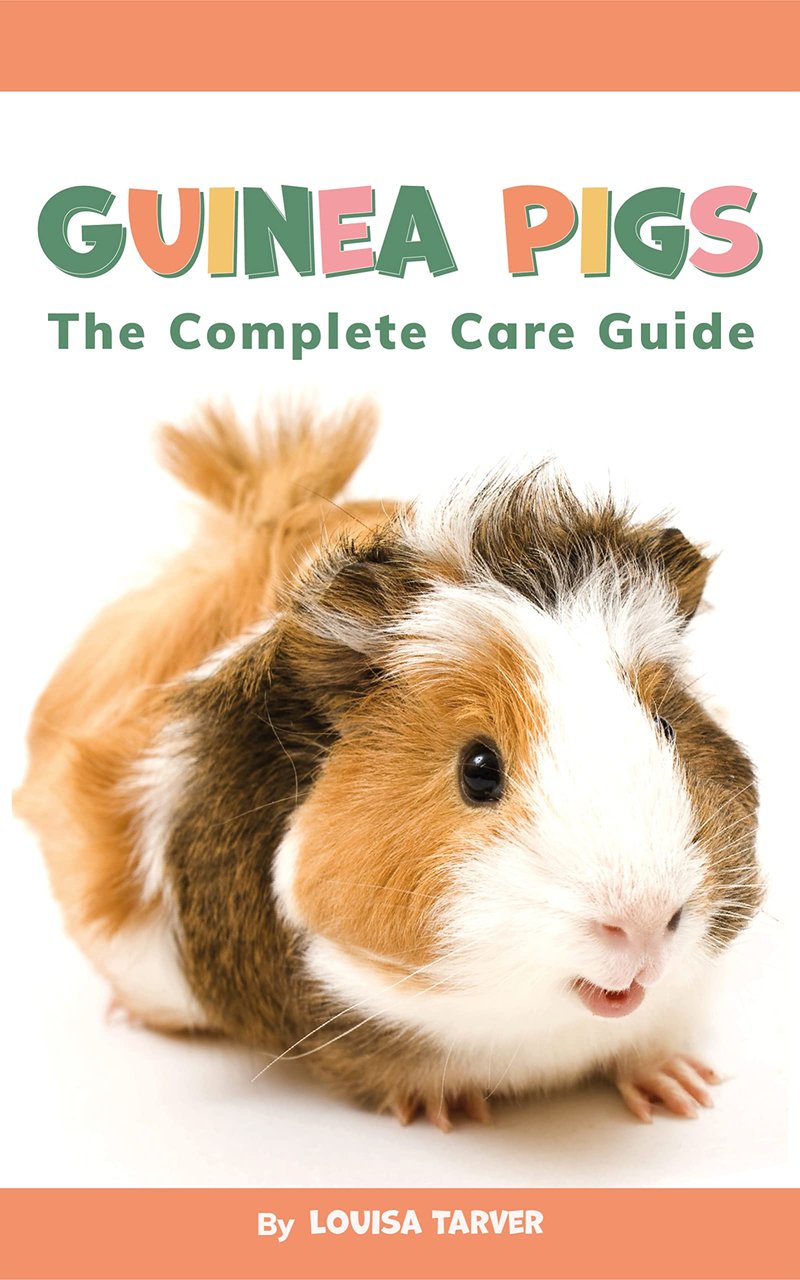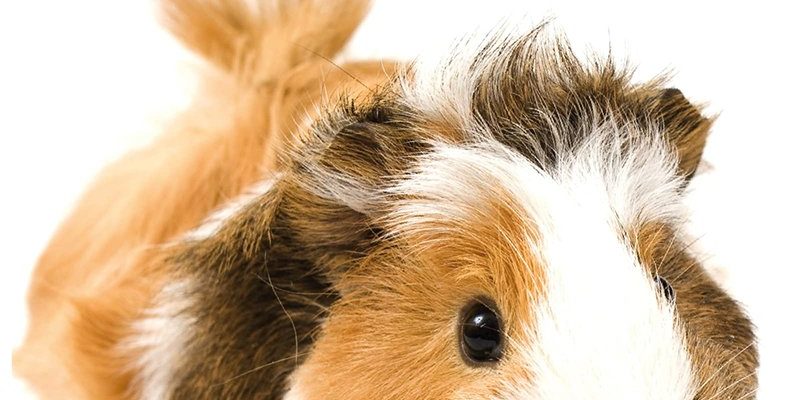
These little guys require more than just a cozy cage and some chow. Just like we have specific nutritional needs and social preferences, so do our furry friends. So, let’s dig into how to provide the best care for your Coronet guinea pig, including their diet, cage setup, and social needs. Think of this as your go-to guide, making sure you’ve got everything covered to keep your new pet happy and healthy.
Understanding Their Diet
When it comes to feeding your Coronet guinea pig, think of it as creating a balanced plate for a tiny gourmet. They have a very specific diet that relies heavily on fiber. The mainstay of their meals should be high-quality hay, like timothy or orchard grass. This not only keeps their digestive system in tip-top shape but also helps wear down their continuously growing teeth.
Here’s the thing about hay: it should always be available. Think of it like having a constant supply of breadsticks at your favorite restaurant—your guinea pig will munch on it whenever they feel the need. In addition to hay, hay-based pellets can be a great source of nutrition, but be sure to choose those without added sugars or artificial ingredients.
Alongside hay and pellets, fresh veggies should be a key part of their diet. Leafy greens such as romaine lettuce, cilantro, and parsley are excellent choices. Just make sure to introduce any new veggies slowly, as guinea pigs can have sensitive tummies. And don’t forget, they also need a small amount of fresh fruit as a treat—think about slices of apple or some bell peppers. It’s a colorful feast that both looks good and keeps them healthy!
Cage Setup: Creating a Cozy Home
A proper cage setup is essential for your Coronet guinea pig’s well-being. Imagine it as their little apartment, designed with comfort and style in mind. The minimum space you’ll want for one guinea pig is 7.5 square feet. A larger cage is always better—if you can double that space, your piggy will thank you! Look for cages that are at least 30 inches long and 24 inches wide, giving your furry friend room to roam and explore.
A good cage should have solid flooring—not wire—since their tiny feet can get sore on that surface. You can line the bottom with soft bedding like aspen shavings or paper-based products. Avoid cedar and pine shavings, as they can be harmful to guinea pigs.
Add fun hiding spots and chew toys to keep your Coronet entertained. They appreciate places to burrow and hide, so incorporate items like cardboard boxes or wooden tunnels. And let’s not forget about toys—guinea pigs love to explore and chew on safe, chewable items. You might even consider creating a little play area outside their cage for some supervised exploration time. Just be cautious of any hazards around!
Social Needs: Companionship is Key
You might be wondering why social needs matter so much for your Coronet guinea pig. Well, these little creatures are naturally social animals and thrive in the company of their kind. They’re not hermits! It’s often recommended to keep them in pairs or groups, which can be a lot of fun to witness as they interact and bond. If you do choose to get more than one, make sure they are from the same sex or properly bonded.
If having more than one guinea pig isn’t an option, you’ll want to make sure you spend plenty of quality time with your furry friend each day. Think of it like having a great conversation with a buddy over coffee. Regular handling and gentle play can help your guinea pig feel secure and loved, plus it forms a strong bond between you two.
You might notice your Coronet will start to chatter or purr when they’re excited to see you. This is a sign they are happy! Try to engage with them frequently, setting aside some dedicated time each day for cuddles, treats, or just letting them roam around in a safe space.
Grooming Needs: Keeping That Coat Gorgeous
One of the standout features of a Coronet guinea pig is their beautiful, long hair. This lovely coat requires regular grooming to keep it in pristine condition. You’ll want to brush your guinea pig at least 1-2 times a week using a soft-bristled brush. This helps to remove loose hair and prevents matting, which can be a pesky problem if neglected.
When grooming, take your time and gently work through any tangles. Think of it like a spa day for your furry friend! With regular grooming, it also gives you a chance to check for any skin issues or bumps that might need attention.
Don’t forget their nails! Keeping those trimmed is essential—not only for looks but also for comfort. Aim to trim your guinea pig’s nails every 3-4 weeks. If you’re unsure how to do this, there are plenty of tutorials online, or you can ask your vet for guidance.
Health Care Essentials
Just like any pet, keeping your Coronet guinea pig healthy is a priority. Regular veterinary check-ups are essential, especially since guinea pigs can experience specific health issues, like dental problems or respiratory concerns. It might feel a little overwhelming, but think of your vet as your guinea pig’s personal doctor.
When you take your guinea pig to the vet, make sure to ask about vaccinations and what signs of illness to watch for. You’ll want to keep an eye on their appetite, level of activity, and any changes in behavior. If they seem lethargic or aren’t eating, it’s worth calling the vet to get advice.
Dental issues are common in guinea pigs, so keeping an eye on their teeth is crucial. If you notice overgrown teeth or any signs of discomfort when they eat, don’t hesitate to seek professional help.
Common Mistakes to Avoid
Even the most loving pet parents can make mistakes when it comes to caring for their Coronet guinea pig. One common mistake is underestimating their need for space. If your guinea pig is too cramped, they can become stressed, leading to behavioral issues or health problems. Always aim to give them more room than you think they need.
Another pitfall is neglecting their social needs. Remember, these furry friends thrive on interaction and companionship. If you can’t get a second guinea pig, be sure to dedicate enough time to interact with your pet daily.
Lastly, watch out for improper diets. Avoid feeding them too many sugary treats or only giving them pellets without hay. Striking the right balance is key to keeping your Coronet healthy and happy.
Incorporating these practices into your routine will set you on the path to being a great guinea pig parent.
Creating a Loving Environment
Creating a welcoming environment for your Coronet guinea pig isn’t just about the cage or food—it’s about love and attention, too. Make sure their living area is always clean, safe, and comfortable, reflecting your commitment to their well-being.
Try to engage them in different activities. You can set up obstacle courses with tunnels and ramps for some fun exercise or have them explore new safe spaces around your home. The more you create a stimulating environment, the happier your piggy will be.
Ultimately, remember that your Coronet guinea pig is not just a pet; they’re a member of your family. Giving love, care, and understanding will help them live a long, happy life.
In summary, caring for a Coronet guinea pig involves understanding their unique diet, creating a cozy cage setup, meeting their social needs, and providing proper grooming and health care. With the right attention, your little companion will thrive, bringing joy and cuddles into your life. Happy guinea pig parenting!

